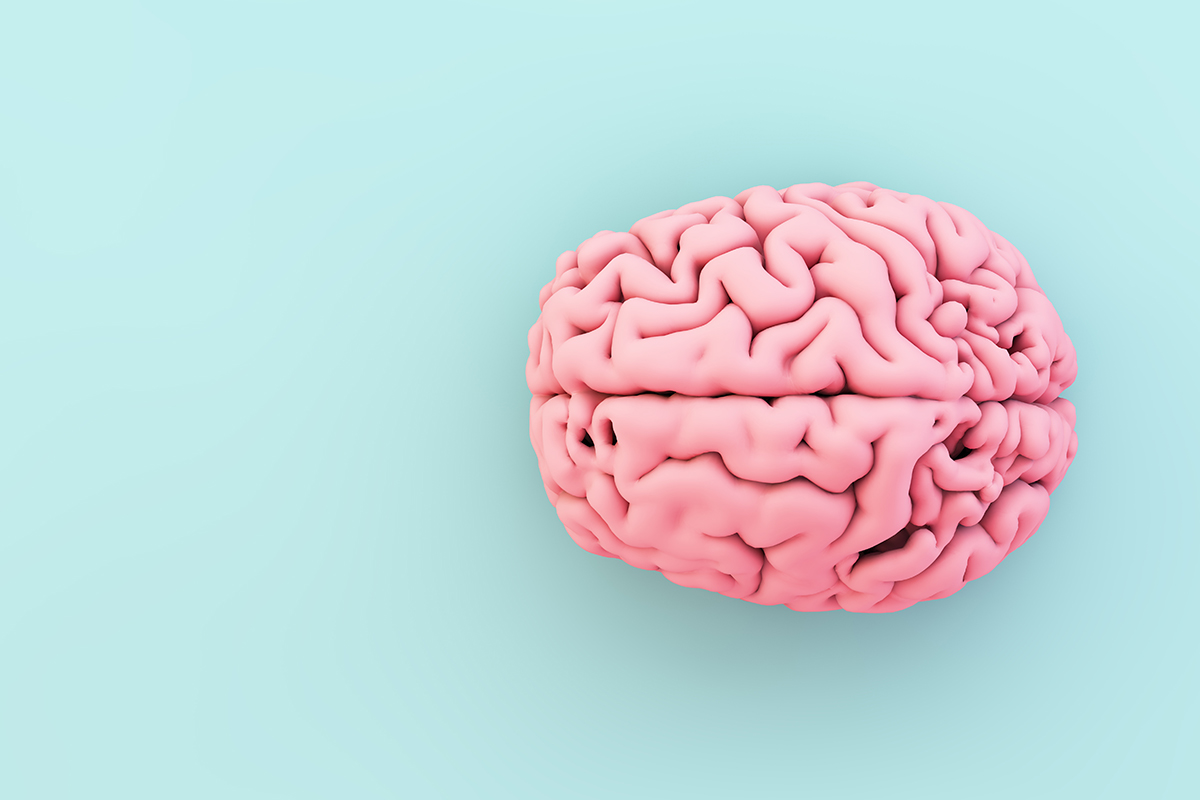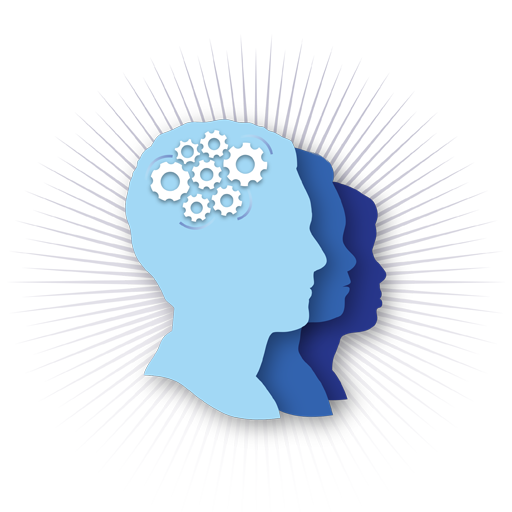
Exploring the Differences Between Neuropsychological Testing vs. Quantitative Electroencephalogram (qEEG) Testing
Joy Malanyaon began experiencing severe headaches beginning December 2016.
The headaches were abnormal and nothing like Joy had experienced before. The pain would start from the back of her head and move down her shoulders into her waistline.
As a nurse with previous experience working in the cardiac care unit, she immediately assumed it could be an issue with her blood pressure. She checked her blood pressure and to her surprise it was 150mmHg, which is considered elevated. After she realized her blood pressure was high, she then sought care at an urgent care, where she was advised to take a Benadryl and make a visit to her primary care physician.
The headache persisted and she made an appointment to visit her primary care physician. Upon arrival, she found out her usual provider had a full schedule, so she saw another doctor.
During her visit, she shared her story and the doctor proceeded to diagnose her with a tension headache and prescribed a pain reliever to help her cope with the pain.
Joy did not feel comfortable taking the medication and so she opted for an over-the-counter option that she took every 8 hours, which was each time the pain would begin to return.
Three days after a flight, while with family, Joy collapsed and became unresponsive. She was rushed to the ER, where she received testing that led to the discovery of a ruptured brain aneurysm – a bulge or ballooning of a blood vessel that can leak or rupture and cause bleeding in the brain. Aneurysms can cause permanent brain damage and even lead to death.
She was in the ICU for five days and fortunately did not suffer any brain damage.
Why is Joy’s story relevant?
In the United States, there are 12 million people impacted by medical misdiagnosis annually.
Joy is one of many examples of individuals’ who have received a medical misdiagnosis, however, not every outcome is not as positive as Joy’s.
Researchers estimate that out of the 12 million patients misdiagnosed annually, 40,000 to 80,000 people die annually from these errors, and women and people of color are 20-30% more likely to receive a misdiagnosis.
While medical misdiagnosis can be too complex to discuss in the length of a blog post, tackling it in parts can help drive home the importance of how proper testing can lead to improved health outcomes and overall quality of life.
This article will provide an exploration of 2 types of tests – neuropsychological and qEEG, and how they can be helpful to early detection of disorders like anxiety, depression, seizures, head injuries, brain tumors, and more.
Let’s begin with neuropsychology. What is it?
Neuropsychology is a field of medicine that combines neurology, psychology, and psychiatry. This means healthcare providers in this field focus on how the brain is functioning when it is impacted by injury or a psychological disorder.
To fully grasp how a patient’s brain functions, a neuropsychological exam provides an in-depth assessment of the brain’s skills and abilities. The tests are non-invasive, and are given by a licensed healthcare professional. Neuropsychological exams typically include writing, drawing, puzzles, problem solving questions, and computer engagement as areas of assessment, to ensure a wide range of brain activity is reviewed. These activities are designed to test the following areas:
- General intellect
- Reading/comprehension
- Language use and understanding others
- Attention/concentration
- Processing speed
- Learning and memory
- Reasoning
- Executive functions (organizing and planning, time management, problem-solving, self-control etc.)
- Visuospatial skills
- Motor speed and dexterity
- Personality and mood
Following the exams, patients will receive an individualized report summarizing the findings. This report will reveal a patient’s strengths, while also revealing areas of opportunity for a licensed professional to focus on for a personalized treatment plan.
Reasons why a patient may receive a neuropsychological assessment:
- Short-term memory concerns
- Always losing items, gets lost frequently
- Increased confusion
- Poor attention and concentration span
- Difficulty speaking or finding correct words
- Issues with recognizing items
- Visuospatial issues
- Poor decision-making skills
- Change in personality, mood, behaviors
Neuropsychological testing allows licensed professionals to uncover underlying mental health conditions that may be harder to identify with other types of testing.
Being mindful of differences in types of brain functionality testing is critical to proper diagnosis. Another type of test for measuring brain activity that we will explore is a qEEG or Quantitative Electroencephalogram test.
What is a Quantitative Electroencephalogram (qEEG) test?
A qEEG is a test that measures the electrical signals in the brain, and “maps” individual brainwave activity. The “q” represents quantitative, which means it is simply measuring the number of brainwaves and the “EEG” means that the test is looking at the brainwaves. This is why qEEG tests are often called “brain maps”.
Brainwaves are electrical impulses in your brain that work together to support the brain in functioning properly including understanding and managing our stress triggers, thinking patterns, feelings, and emotions. A brain map can help a licensed professional identify abnormalities in brainwave activity that may be contributing factors to neurological disorders.
What happens during the test?
To prep for a qEEG brain mapping, a licensed healthcare professional will place a brain cap on your head, for measuring brainwave activity. This process is generally non-invasive, and allows for you and the provider to then see your brainwaves as they are displayed on a screen in real-time.
The test has two different parts: recording brainwaves and the creation of the brain map.
- Brainwave recording – A licensed healthcare professional will begin recording your brainwaves with your eyes open and again with them closed. During this part you simply relax in a natural resting state. This process usually takes 10-20 minutes, so be ready to unwind!
- Brain map creation – The recorded brainwaves from the eyes-open and eye-closed exams produce a color-coded map of brainwave activity that a licensed professional is able to review.
Findings from a brain mapping can reveal signs of the following conditions or symptoms:
- Anxiety
- Adult & Child ADHD
- Depression
- Seizures
- Insomnia
- Epilepsy
- Head injuries
- Memory issues
It may also help identify:
- Concerns around concentration/attention span
- Impulsive behaviors
- Emotional management
- Problem-solving ability
Reasons why a patient may receive a qEEG test:
- Traumatic brain injury
- Brain inflammation
- Stroke
- Sleeping disorders
- Seizures/epilepsy
When it comes to the brain, understanding core differences in testing and why one may be beneficial over another based on individual patient needs is crucial to proper diagnosis and treatment.
Below, we provide an overview of the key differences between neuropsychological testing vs. qEEG testing:
- Neurophysiological tests – measures the mental capabilities of the brain using a series of assessments, and can be conducted in an interview-style approach. Providers use standardized tools that are used then scored to reveal a patient’s cognitive ability.
- qEEG tests (“brain mapping”) – measures brainwave activity, and creates a color-coded map for a licensed professional to review, helping them diagnose mental health disorders.
Takeaways
There are over 12 million “Joys” who have suffered as a result of a misdiagnosis. With advancements in medical technology and innovation, providers taking the time to use neuropsychological testing or qEEG testing can provide a more meaningful impact on a patient, where the absence of these tests could mean life or death for patients. While Joy was a “lucky” case, walking away from an aneurysm without additional brain damage, the goal is prevention, so we do not have to rely on luck for patient brain health. By using neuropsychological testing and/or qEEG testing, based on individual patient needs, early detection of mental health or brain disorders can be identified, and treated more quickly.
Sources
“More Than a Headache The Joy Malanyaon Story, Odenton, MD”, Society to Improve Diagnosis in Medicine, https://www.improvediagnosis.org/stories_posts/more-than-a-headache-joy-malanyaons-story/
“Frequently Asked Questions”, Society to Improve Diagnosis in Medicine, https://www.improvediagnosis.org/facts/
“Neuropsychological Testing and Assessment”, Cleveland Clinic, https://cle.clinic/3MUne6m
“What is a qEEG?”, Amen Clinics, https://bit.ly/3vKypZO
“What Does qEEG Brain Mapping Tell Us About Our Brains?”, Stoneridge, https://bit.ly/3w7TXOW
“EEG (electroencephalogram)”, Mayo Clinic, https://www.mayoclinic.org/tests-procedures/eeg/about/pac-20393875
“When is Neuropsychological Testing Necessary?”, J Flowers Health, https://bit.ly/3yhrLMi
Please note: The content presented on this page is for educational purposes only. This is not intended to provide medical advice, diagnosis, and/or a treatment plan. We strongly recommend speaking with a licensed healthcare provider for more information on mental health.
Related Posts
How Do Executive Functioning Problems Affect Adults?
In the grand tapestry of life, two essential domains often stand out: our careers...
How Can You Prevent Adderall Withdrawal?
Withdrawal symptoms can occur when an individual stops taking Adderall, which can...
How Can I Improve My Anxiety?
Anxiety is a common and often debilitating mental health condition that affects...
Neurofeedback For Dyslexia
EEG Neurofeedback For Dyslexia Our previous blog discussed adult dyslexia, its...





